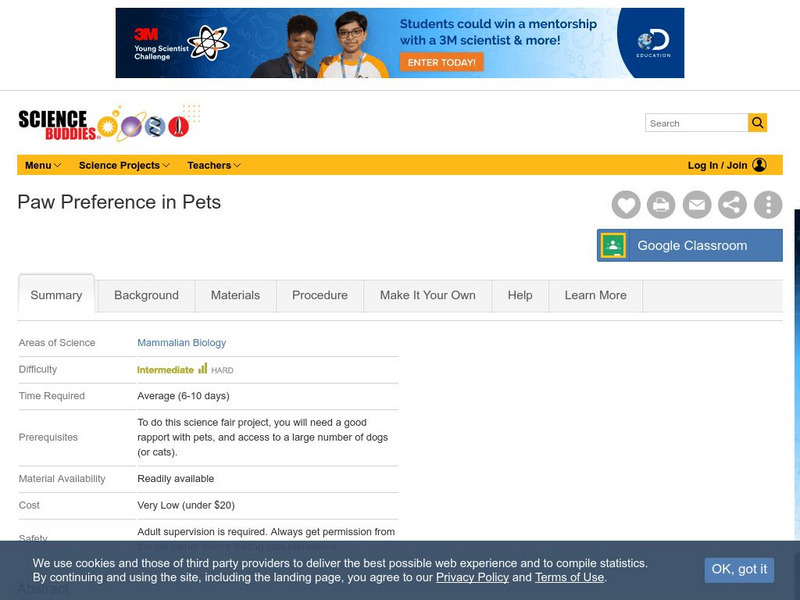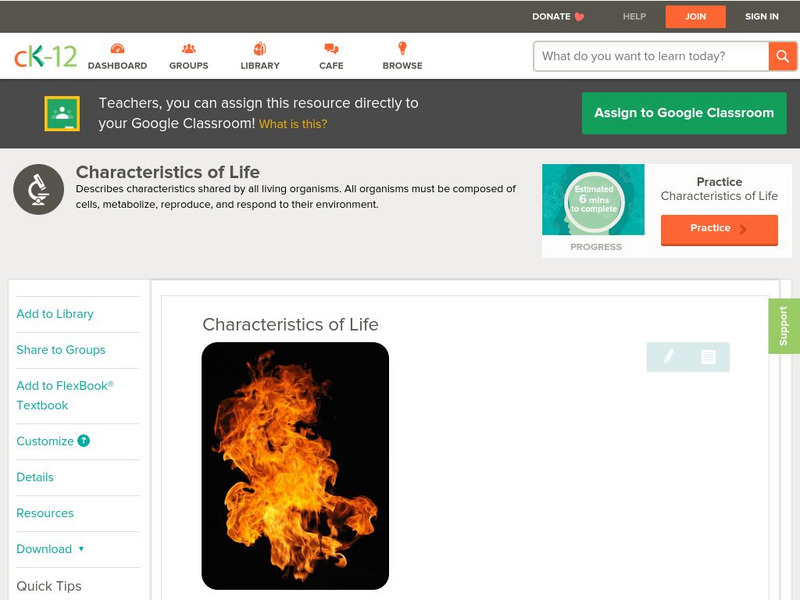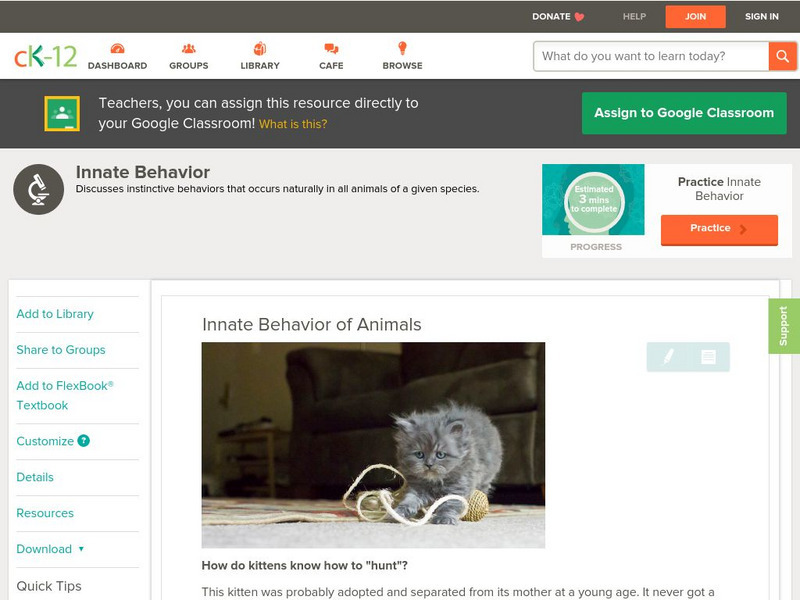Curated OER
Show 303: New Research into Dyslexia
Learners explore the causes of dyslexia. They view CT sans and MRIs to view the brain and how it responds. Students read reports about dyslexia. They discuss the nature of dyslexia, its cause, how to diagnose it, and its permanency.
Curated OER
Genetics 4 Mutations
Students identify and illustrate how changes in DNA cause mutations and evaluate the significance of these changes. They illustrate a chromosomal mutation such as duplication, deletion, inversion, and translocation.
Curated OER
Oobleck
Students examine states of matter. In this solids and liquids lesson, students conduct a scientific investigation that requires them to make oobleck and record their observations pertaining to it.
Curated OER
ESL-Passive Voice
In this ESL passive voice worksheet, students read a set of 10 sentences, checking those that are written in the passive voice, check sentences in which the agent is necessary, and fill in blanks with correct verb forms.
Curated OER
Land Use Issues
In this unit of lessons, students examine analogies and parts of speech. They use land use issues to identify the different parts of speech that they research. They create analogies about the origin of organisms.
Curated OER
Pieces of Mind: Remembering What Matters
Pupils watch the program "Pieces of Mind" from PBS and participate in a class discussion about PET scans and their advantages. Students then brainstorm activities a PET scan could be used for.
Science Buddies
Science Buddies: Predators and Prey: How Do Cats Respond to Bird Sound
A science fair project that ask whether cats respond to familiar bird sounds more readily that bird sounds in general. The Science Buddies project ideas are set up consistently beginning with an abstract, objective, and introduction,...
Science Buddies
Science Buddies: Is That Cat Fat?
There are over 58 million overweight cats and dogs in the United States alone. In this science project you will determine what percentage of the pets you know are overweight and how their weights compare to weight of pets throughout the...
San Diego Zoo Global
San Diego Zoo: Kids: Fishing Cat
This San Diego Zoo resources gives the reader facts about the Fishing Cat. Characteristics like diet, habitat and genetic makeup are shared.
Science Buddies
Science Buddies: X Inactivation Marks the Spot for Cat Coat Color
A tortoiseshell cat has two different fur colors, black or brown and red or orange. The gene that gives rise to the red or orange fur color is on the X chromosome. Female cats have two X chromosomes, while males only have one, which...
Science Buddies
Science Buddies: Paw Preference in Pets
The great majority of people have a distinct hand preference. The goal of this science fair project is to determine whether non-primate mammals (e.g., dogs or cats) have a paw preference, which might indicate lateralization of function...
BiologyWise
Biology Wise: Types of Parasites
Different types of parasites that infect humans, dogs, and cats are described.
Alabama Learning Exchange
Alex: Cats, Dogs,and Dragons. Oh My!
This is a technology-based, hands-on Biology instructional activity on Heredity and Traits. Students learn about the basics of Heredity through a virtual tour and then work to create their own dragon based on the inheritance of...
Other
Save the Tiger Fund
Here you can learn all about tigers. Find out about their habitat, biology and behavior; why they are endangered and what you can do to help.
CK-12 Foundation
Ck 12: Life Science: Characteristics of Life
[Free Registration/Login may be required to access all resource tools.] How do you define a living thing? What do mushrooms, daisies, cats, and bacteria have in common? All of these are living things, or organisms. It might seem hard to...
CK-12 Foundation
Ck 12: Life Science: Animal Behaviors
[Free Registration/Login may be required to access all resource tools.] Barking, purring, and playing are just some of the ways in which dogs and cats behave. These are examples of animal behaviors. Animal behavior is any way that...
CK-12 Foundation
Ck 12: Life Science: Innate Behavior of Animals
[Free Registration/Login may be required to access all resource tools.] Many animal behaviors are ways that animals act naturally. They are not learned behaviors. Cats are natural-born hunters. They don't need to learn how to hunt....
Smithsonian Institution
Smithsonian National Zoo
Here is the National Zoological Park right at our fingertips. Students will find many things to explore at this colorful and engaging site. Any study of animals will have a successful start here. Chances are students can catch their...


















